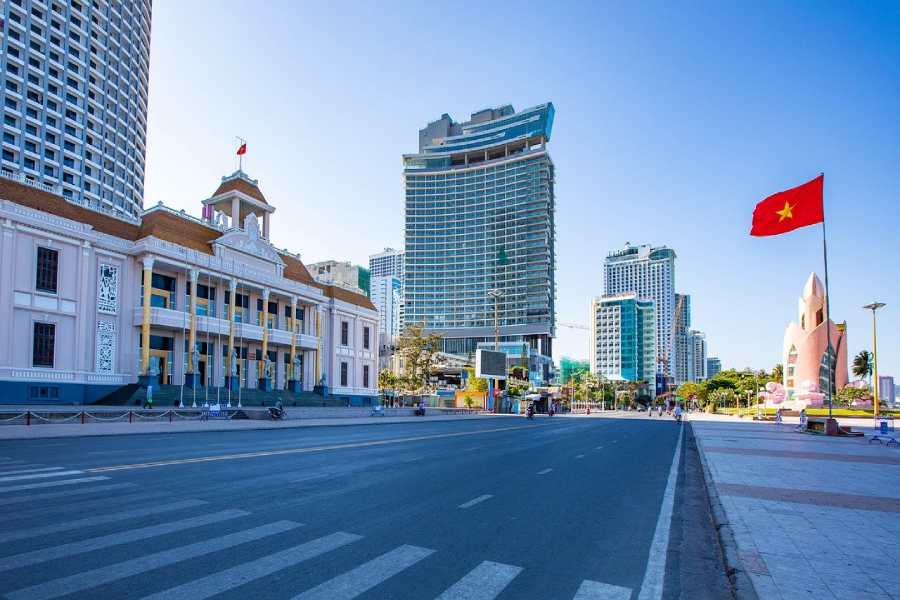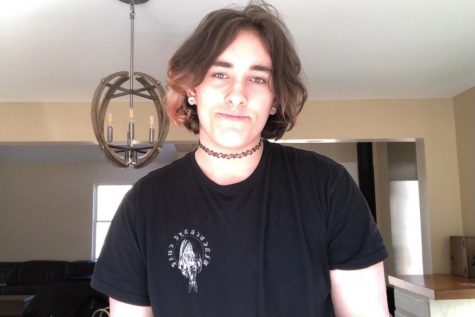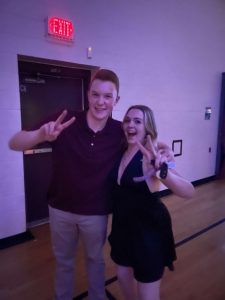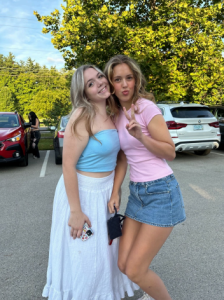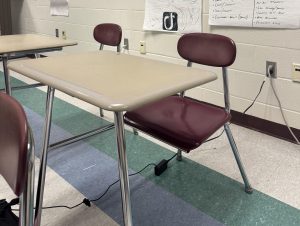Should the United States take inspiration from Vietnam’s COVID-19 Response?
An almost emptied street in one of Vietnam’s tourist hubs, Nha Trang, located around 275 miles from Ho Chi Minh City (formerly Saigon). In 2018, Nha Trang welcomed over 6.3 million tourists. “The motto is, let’s take action one step earlier. Correct and early action will prevent losses in life and health…” said one of Vietnam’s Deputy Prime Ministers, Vũ Đức Đam.
April 9, 2021
Under the red and yellow flags of the Southeast Asian country of Vietnam, only 35 people have died from COVID-19. In the United States, people have trouble understanding that a country with over 96 million people could effectively handle the virus that has killed over 535,000 people (as of March 16) alone in our country. What could the United States learn from Vietnam’s handing of the crisis, and how could we apply their measures to our homeland?
When Vietnam detected their first COVID-19 case, in the same week as the United States, their immediate response was overreaction, and it worked. “We followed the rules very tightly… we wore masks all the time and we kept good social distance,” said Vietnamese store operator Le Thi. Le Thi also described the aid that the government had given to the communities in Vietnam, explaining that free food was distributed to people who needed it.
Another part of Vietnam’s success in dealing with the COVID-19 outbreak was their quick decision to declare a national emergency after only six confirmed cases; the United States declared a national emergency after they had reached 1,700 cases.
Vietnamese authorities were quick to quarantine any areas with a multitude of cases. One of these areas was a village near the capital, Hanoi, where sixteen people were infected with the virus. The government immediately quarantined 11,000 people, which completely stopped the spread of the virus in that area for three weeks. Vietnam also shares a border with China, where the pandemic is thought to have originated; because of this Vietnam shut down air and land travel from China to Vietnam.
One main factor in Vietnam’s success is their collectivist society, which contrasts the individualistic one seen in the United States. “We should remain collective when it comes to facing any type of challenges,” said medical student Le Kieu Nhi. This type of mindset causes citizens in Vietnam to think first of what they can do to help their neighbors, their society, instead of thinking of whether it will cause them some discomfort.
The Vietnamese government has also started a wide-spread education campaign for COVID-19, plastering propaganda style posters all over the country with motivational slogans to encourage the public to abide by the regulations they have set in place. “Our success has nothing to do with authoritarian or strictness of the rules. To put it simply, Vietnamese are well informed and well educated during this outbreak,” said Le Thi.
To contrast Vietnam’s successful handling of the COVID-19 pandemic, the United States has observably handled it worse. The government’s attempts to apply a mix of lockdowns and supplying virtually no aid to struggling people has not turned out as they had hoped.
Restaurants in the United States have remained open throughout the pandemic. There have been a few regulations, like closing early in some states or shutting down indoor dining. While remaining open, the majority of restaurants in the United States are keeping business as safe as possible. Benjamin Danaisawasdi ‘22, has been an employee for three years at his family’s restaurant—ChiangMai Thai Restaurant—located in Amherst, New Hampshire. “We’re a small business so we mostly run on takeout so [the regulations] didn’t really matter to us… in the recent few months we have been allowed to re-open to full indoor-dining capacity but we have to social distance or have plexiglass,” said Danaisawasdi.
The American public is also taking a notably different approach to their response to COVID-19 than that of Vietnam’s. Many Americans have doubted the usefulness of preventative measures like masks, some outright refusing to wear them in public. In comparison, Vietnamese authorities are handing out free masks and fining those who do not wear a mask in public spaces.
The United States’ debate over masks is something not seen in Vietnam. For the people in the United States that do take part in preventative measures, seeing those choosing not to can be an uncomfortable experience. “No, I’m not comfortable [being in public], but I still have to do things like go to the store, so when people don’t wear their masks correctly it only adds to my nervousness,” said Adrianna Paul ‘23, student at Souhegan High School.
No matter the people choosing to not do their part in preventing the spread against COVID-19, many Americans are trying their best with what they have to protect their country. Parallels can be seen between the public in Vietnam and a portion of the public in the United States; people caring about their fellow people isn’t something bound by borders. “During the toughness of this pandemic it’s no longer about each country anymore, we are all unified, all over the world” said Le Kieu Nhi. Seeing how Vietnam effectively handled the COVID-19 crisis may make Americans strive to stop the spread in our own country, even if it makes individuals a little uncomfortable. The world can look towards Vietnam as a beacon to ending the seemingly endless COVID-19 pandemic.
Caption: An almost emptied street in one of Vietnam’s tourist hubs, Nha Trang, located around 275 miles from Ho Chi Minh City (formerly Saigon). In 2018, Nha Trang welcomed over 6.3 million tourists. “The motto is, let’s take action one step earlier. Correct and early action will prevent losses in life and health…” said one of Vietnam’s Deputy Prime Ministers, Vũ Đức Đam.



